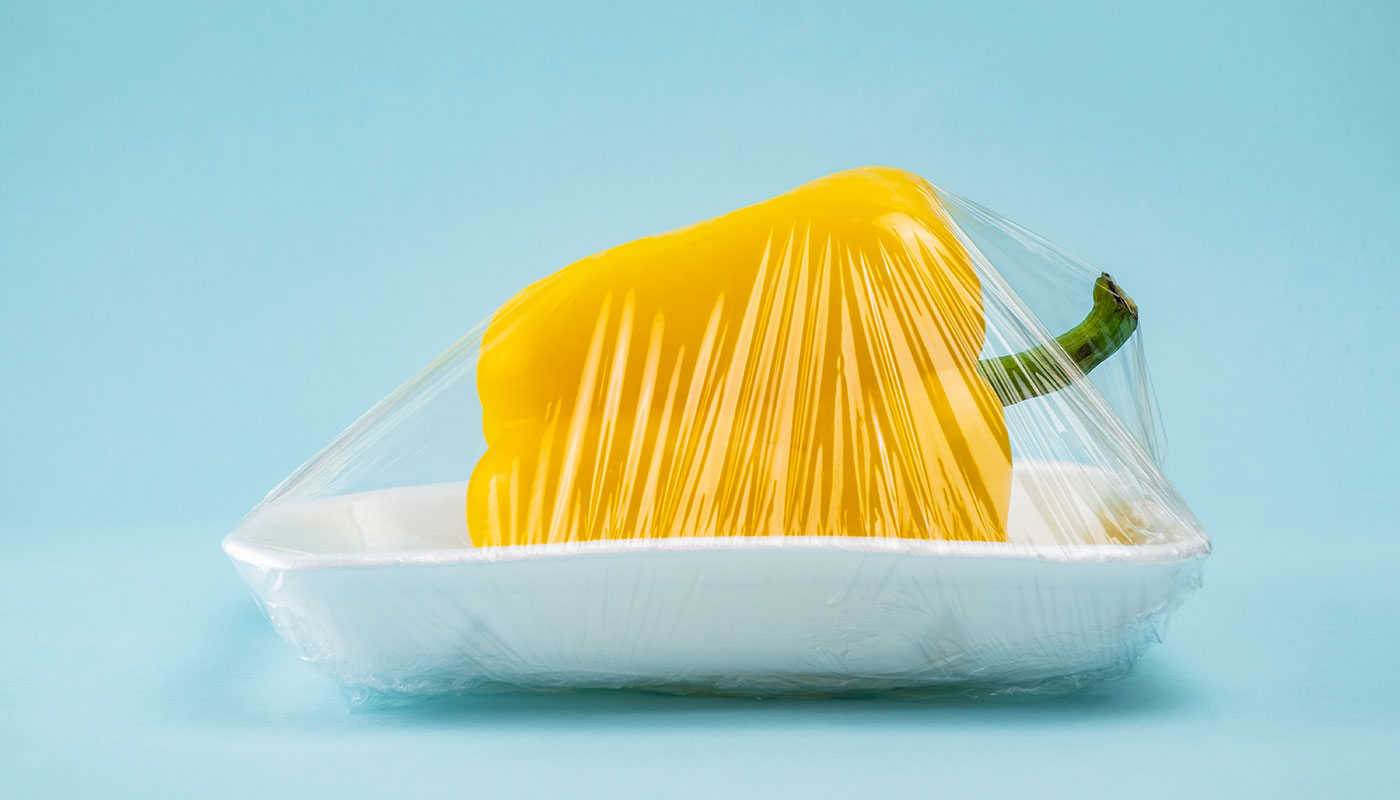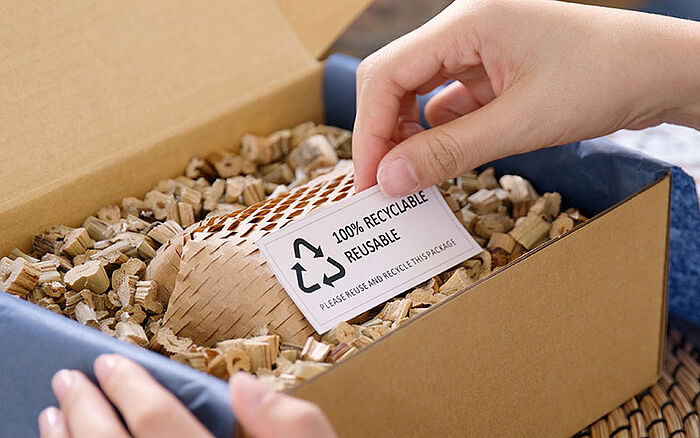
When bad packaging is a brand killer
In the highly competitive world of consumer industries, the saying "You never get a second chance to make a first impression" rings loudest on store shelves. With enthusiastic brands clamoring for shoppers' attention, a product's success often hinges on its ability to leave a positive and lasting impression on the general consumer. Business owners and legal advisors need to recognize that while packaging serves an obvious practical purpose, this end-point influence turns it into a key strategic asset.
A portfolio of trademarks, designs and other IP rights (such as copyrights) is one of the most public-facing aspects of a business and the most succinct, communicating value proposition and commercial philosophy in an instant. The product names, logos, symbols or slogans protected by trademark rights are most successful when put to commercial use in a flattering light.
With the right creativity and proper IP protection, packaging can become a great marketing strength; on the other hand, fumbling it could turn unsold stock into a laughing stock. Knowing the potential faux pas is only half the battle; avoiding them altogether is a victory for trademark holders.
What makes packaging "bad?"
No small measure of good packaging's power comes from its subconscious influence. Balanced, concordant and engaging, well-designed presentation often draws in the consumer subtly without making its attractiveness hyper-overt. By contrast, bad packaging is much more blatant and can generate an immediate, visceral disdain.
Honest mistakes: aesthetics and information
The first step toward winning the hearts and minds of consumers is to appeal to their eyes, and so it stands to reason that this is where the initial pitfall for brand owners lies. Problems may arise from the colors and patterns used or the off-putting nature of a package's shape. Is the layout too busy or too sparse? Is the text easy to read from a reasonable distance? Has the business completed its due diligence in complying with labeling regulations? The fault could even be an uninviting product name, a garish or distasteful logo or any combination of these.

Most shoppers want to spend as little time as possible exploring supermarket aisles, meaning brands must be readily identifiable if they want to be picked up. With consumer goods already jostling for attention on crowded shelves, well-designed packaging is vital to make tired eyes stop for a closer look.
Overloading the consumer with too much text or visual detail can distract from the core message businesses want to convey while inspiring a natural aversion. Likewise, shoddy design can give the perception that the goods are of similar quality. If the package looks (or feels) cheap, a shopper's "get what you pay for" instinct will warn them to stay away. After all of the hard work that has gone into product development, manufacturing and IP registration, stumbling at this final hurdle would thwart the efforts of all generative departments.
On the descriptive side of things, a typo remains a small mistake so long as you catch it before a trademark application is filed or a product goes to market. After that, grammatically incorrect copy or a misspelled brand name can embarrass a business in a hurry — especially if slipups reach social media. The same applies to graphic design errors, incorrect coloring and other artistic blunders.
Though the risk of the "wrong" trademark making its way to registration is not much greater than zero, the most meticulous care must be taken when writing in or translating into another language. The results of haphazard localization can be baffling, hilarious, offensive or all of the above. So to borrow another adage: check twice, print once.
Dishonest and extravagant behavior
Excessive packaging is something a customer notices right away, even if it is simply an oversized box. Opening and disposal become more difficult, and with sustainability being a factor for the majority of consumers, disapproval only increases if packing materials are not recyclable. Excess packaging costs businesses more during manufacturing and transportation in addition to its objective wastefulness.

Bubblewrap may be satisfying to pop, but bulky containers stuffed with plastic packing are less effective stress relievers. Buyers are interested in goods, not clutter; if a purchase delivers them both, it could be the souring of an otherwise positive reception.
Customers also strongly dislike packaging that misleads them about the size or substance of a product — boxes overstuffed with superfluous bubble wrap or foam inserts are a notorious example of this. As with textual descriptions, visual depictions and implied goods may breach regulations against unfair or deceptive business practices. In addition, an expert's feedback is invaluable for ensuring would-be packaging does not make false claims about what it contains, misrepresent any warranties or fail to disclose information material to the transaction.
Guilt by association: brand misalignment
Seldom does a product exist in isolation – even if it is sold vacuum sealed. Unless a company plans on mounting a full rebrand (which comes with its own risks) or creating a sub-brand, it is essential that its packaging is consistent with an established image if one already exists. A mix-and-match approach to a design language may mean consumers fail to recognize a line of goods in stores. Take the example of breakfast cereal. One producer will have a wide variety of recipes, but if a shopper cannot tell at a glance that these are all from the same source, they may switch to a competitor's version, believing their preferred brand is absent.
The path to good packaging
It is not all doom and gloom, however. Arranging individual IP elements to create a distinctive trade dress can be the ideal way to indicate products and impress customers. As such, the input of a multi-skilled trademark attorney has much to contribute to these brand-building endeavors.

Though only ornamental aspects of packaging can be protected as a trade dress, some of the most successful designs find a way to blend the aesthetic with the practical. Here, the choice of material can greatly impact perceived quality while enhancing sustainability.
Communicate through visuals
Every design choice for packaging matters: shape, color, imagery, typography and so on. And while the specifics vary significantly between industries and demographics, the following guidelines are generally considered good practice:
- Package and container shapes should be practical for what they contain. Be skeptical of the unconventional unless you are completely confident your brand can overcome the sense of unfamiliarity. Crucially, retail packages should be optimized for transportation and stacking on store shelves.
- Typography for names, selling points, features and directions must be readable and compliant above all, but also consider aptness. The typeface for a soft drink or snack line would look inappropriate on a health product.
- Colors should stand out, but be wary of using too many of them unless this is in keeping with established branding.
- Design and layout should draw attention to the benefits promised by the product, not to themselves.
- Think about the hierarchy of trademarks. Product logos and names take center stage on packaging, with company logos being comparatively low-key.
- If package imagery displays the product itself, make sure it is accurate, properly scaled and used in accordance with any necessary disclaimers.
All of these attributes should be planned and executed with market segmentation in mind. Different audiences and consumers will have diverse interests, so the tone and appearance of packaging targeting these groups can vary. What is crucial, however, is that branding efforts remain internally coherent and legally conformant.
Design for function
Excess packaging material will be costly, whether it be in finances, goodwill or product reviews. Businesses must plan package and container dimensions to be no more and no less than needed. If interior "stuffing" is necessary to protect products in transit, using sustainable materials can lead to more favorable environmental ratings and future dividends.

The sustainable packaging solution might not be the most affordable, but the fact consumers are aware of this means they are likely to recognize and reward the added effort. This lends legitimacy to an ecological brand image, as opposed to a sense of superficiality or "greenwashing."
On this note, packaging that will be opened and then discarded should make both these steps easy; we have all experienced the frustration of boxes and wrappers that fight back. Simply put, the less material used, the easier the package will be to open, but priority should always be given to customer well-being and damage prevention. In the end, safety trumps ergonomics, and obviating litigation is more effective than winning it: Take the importance of tamper-proof seals on medications and child locks on household cleaning products.
Flying the flag for trademarks
Even the most seasoned industrialist may need reminding that a well-thought-out packaging solution can only achieve so much if it is not used in tandem with and protected by IP law. The upfront commercial aspects are likely already known, but a less obvious benefit of trademark registration is its role in helping customs authorities monitor imports. Keeping a lid on counterfeiters and imitators is another reason to foster a healthy approach to IP portfolio management.
Wrapping up this topic for now, sometimes an external partner's support is vital for the registration and renewal of all IP assets in every major market. The global network of experts at Dennemeyer can streamline trademark procedures for exclusive rights that last.
A version of this article was published in CITMA's digital magazine on June 21, 2023.
Filed in

Video games have become some of the biggest names in entertainment. How can digital brands complement their traditional counterparts, and what are the dangers?



